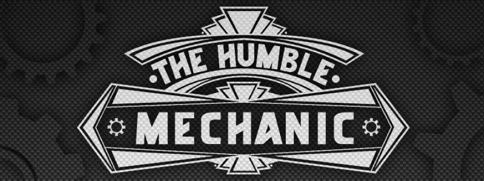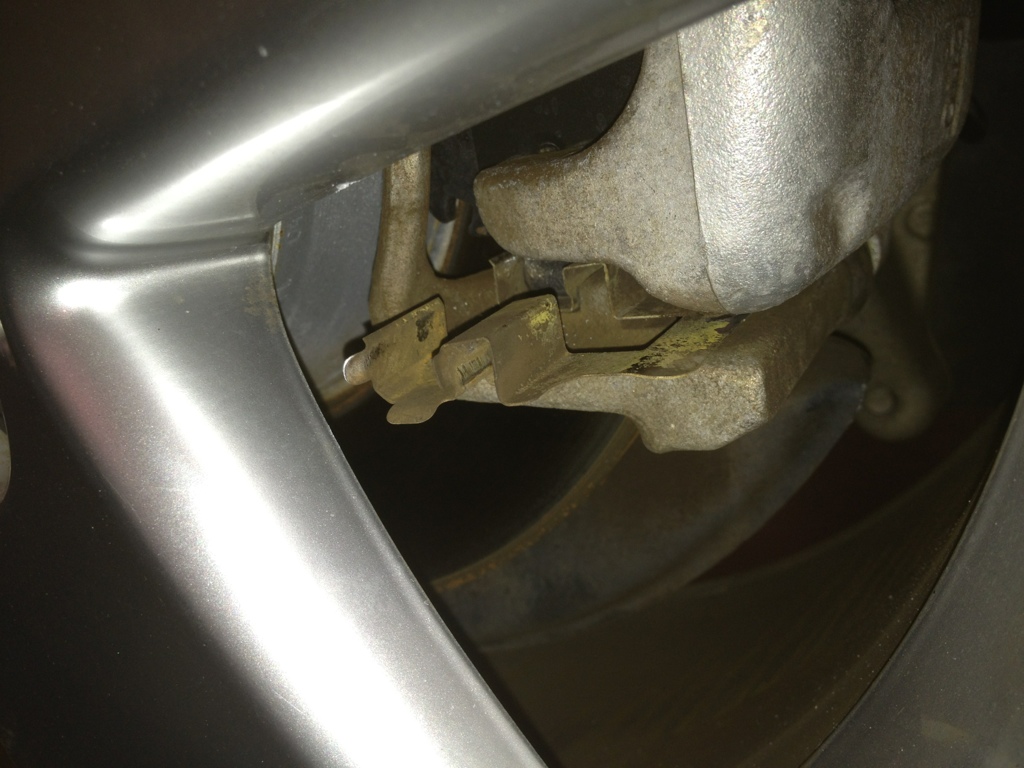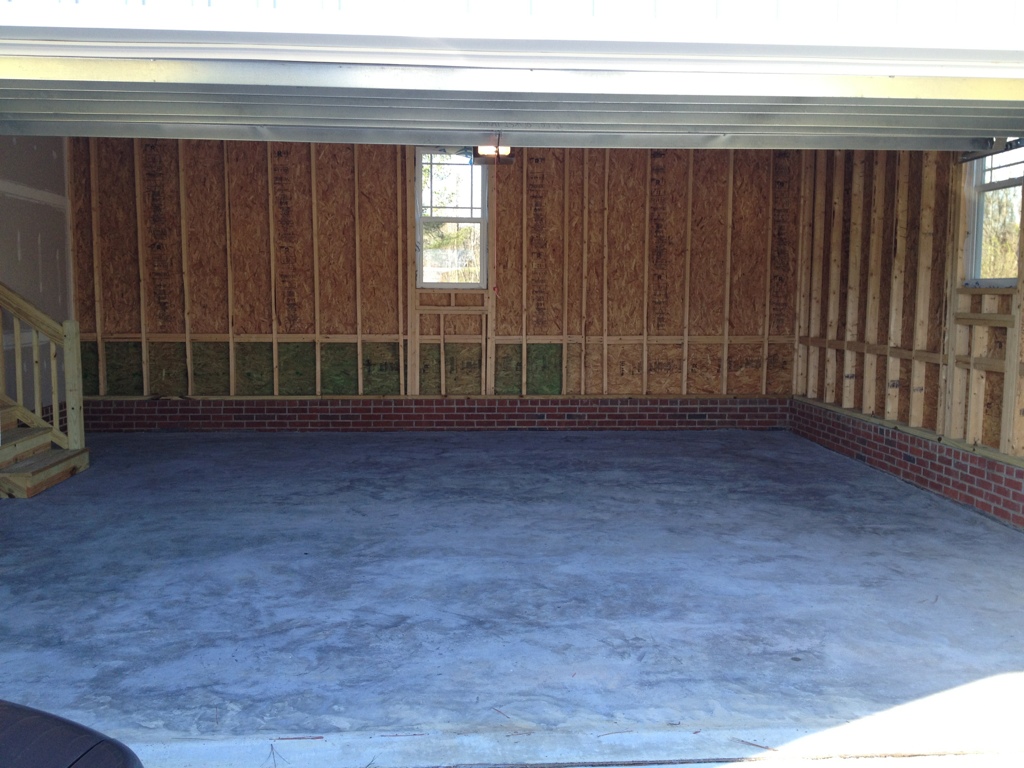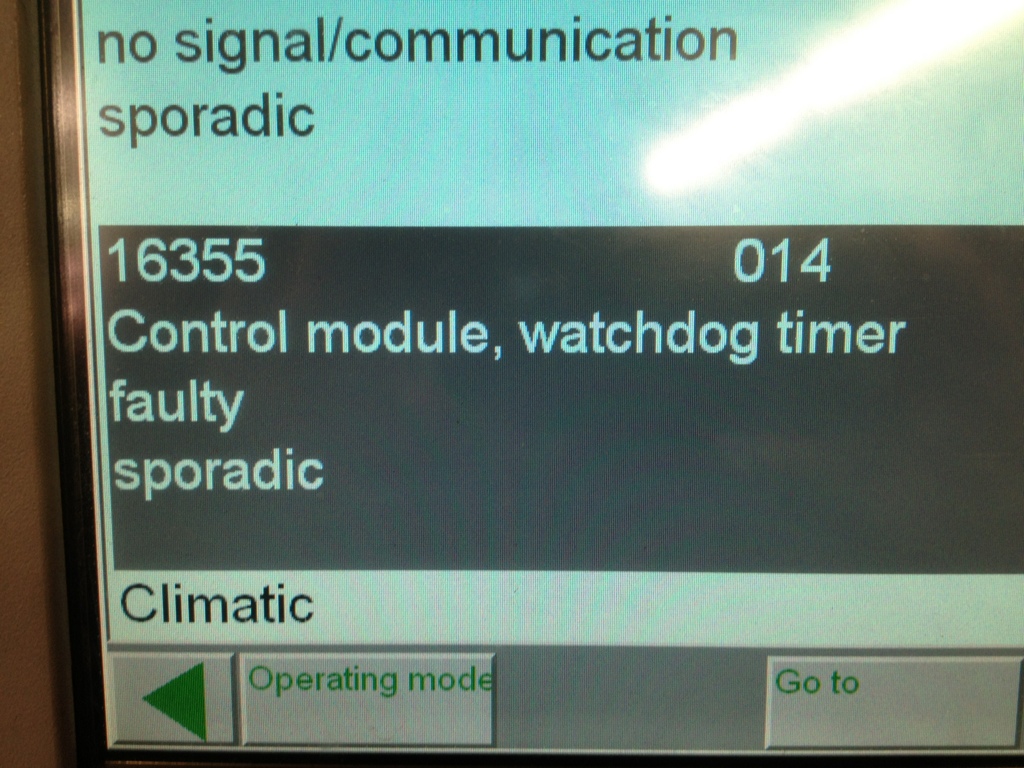We have talked before about the diagnostic process that auto mechanics must follow. Starting with the basics, getting good information and being thorough are vital to repairing cars. There are times however that all the processes and information in the world do not guarantee a proper diagnosis.
Yesterday I spent the about half the day with a QTM working on a car. The QTM is a regional tech that travels to dealers. He deals with new cars, cars that have multiple repairs, and the extra crazy problems. The QTM has a lot more resources than we do at the dealership level. On top of that, these guys are REALLY smart. The kind of folks that will forget more than guys like me will ever know.
The QTM and I were working on a 2013 Jetta Hybrid. The customer’s concern was the car would shut off. It was shutting off differently than it is programmed to. We went round and round with the car, doing test after test, inspection after inspection. All to find NOTHING! Well, not exactly nothing, but nothing final. There was no “Ah Ha, here is the problem” moment. There was a lot of “well, this might be it,” and “it could be the issue”.
Not finding the exact problem is a very common thing. Many times we have to focus on the part that makes the most sense. Or the part that is the least crazy(seriously). So how does an auto mechanic fix your car right the first time? Here are a few things that I use to help narrow down a failed part:\
- Known good parts.
The great thing about being at a dealer is the ability to swap parts. Taking a part off a new car to see the change. If a sensor is not reading right and I swap the sensor, I find out if the sensor was good, if the wiring was good, and the module the controls it. - Comparable Vehicles
This is an easier step than actually swapping a part. I can read sensor values from both cars. That will give me an idea of what the car should see. Comparing that to the car with the issue, and using confirm failures. - Experience
This is the biggest and best tool in a mechanic’s tool box. The more problems a mechanic sees, the more they are prepared to deal with new issues. That doesn’t mean a they will not get stuff on problems. It just means they dig through them faster.
Like I said, even with all the proper information, a mechanic doesn’t always know 100% if a repair will be successful. Now if a tire has a big spike in the side of it, we KNOW that is why it is flat. Check engine lights and drive-ability issues are generally not as cut and dry. There are times when we need to roll the dice on a repair. I say it all the time, it is great to be a lucky mechanic.
Don’t forget that you can avoid the late post to Facebook, or missing a post by signing up for email updates. It’s easy, just fill out the box in the upper right of the page. You will be the first to get all the good info. I still like when you follow me on all the social media places, we have some fun times. Use the icons on the right. They take you right where you need to go.
Thank you all for the kind words about the new house. Jenn (my wife) and I are really excited. She is even more excited than I am. Fellas you know how important that is! 🙂










